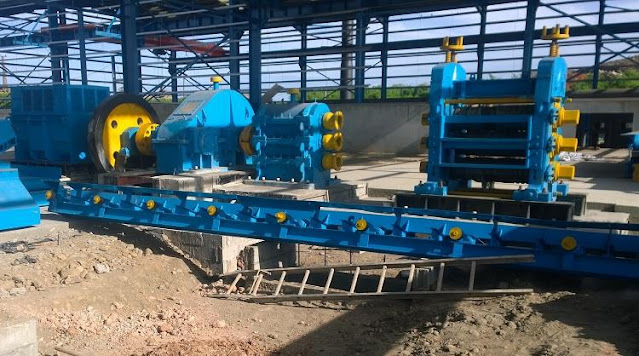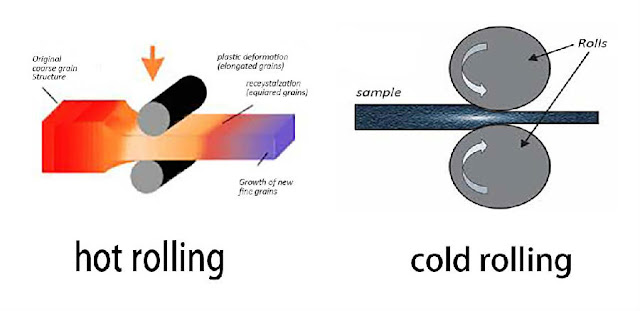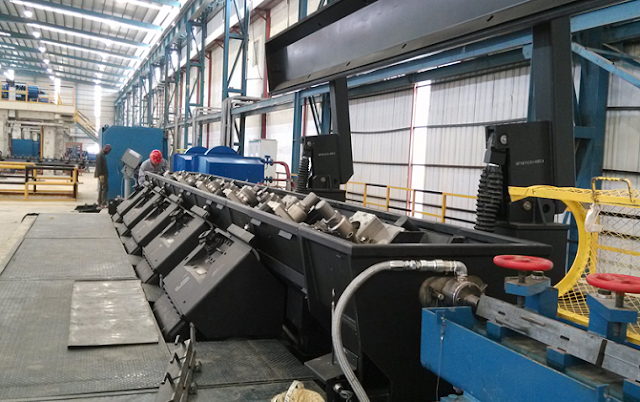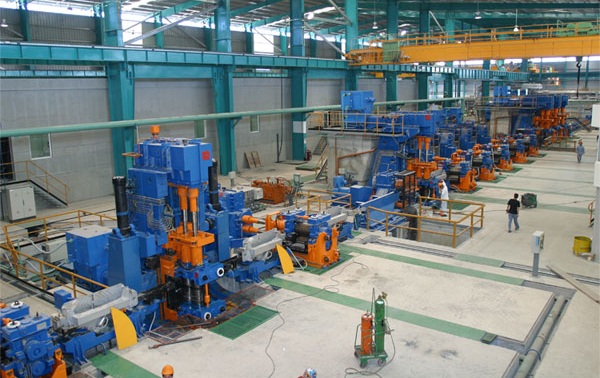What Are The Common Shearing Machine Of Rolling Mill?
There are many kinds of shearing machines used in rolling mill workshop. According to the shape and configuration of shearing blades and the shape of rolling pieces, the shearing machine can be divided into parallel blade shearing machines, inclined blade shearing machines, disc shearing machines and various types of clippers.
The two blades of the parallel blade cutter are parallel to each other and are characterized in that both cutting edges are in contact with the metal being sheared at the same time. The shearing process is completed in a short time, the shearing efficiency is high, and the shearing machine is subjected to large load. It is commonly used for transverse hot shearing of rolled blanks (squares, slabs) and other square and rectangular section billets.
The two blades of the oblique blade cutter are angled, generally, the blade is inclined and the lower blade is horizontal. These shears are commonly used for cold shearing and hot shearing of steel sheets, steel strips, thin slabs, welded tube blanks, and sometimes for cutting small steel product.
The blades of the disc shear are made into discs. There are two types of disc shears used in the rolling mill workshop: one for longitudinal shearing of steel sheets and strips; and one for cutting heads of small steel product or wire production. Their common feature is the completion of the shearing task during the running of the steel by rotating pairs of disc cutting edges.
Flying shears are mainly used for sharing moving rolling stock transversely. Flying shears are used in section steel production, billet production, and steel sheet production. The cutting task is completed during the running of the steel, and thus the running speed of the steel is required to be substantially the same as the peripheral speed of the cutting edge. Most of these shears are placed on the line of semi-continuous or continuous mills.
Recently, in order to solve the problem that the shearing load is large, the walking beam shearing machine has appeared. The shearing process of this type of shear is performed in stages. In the above-mentioned various types of shearing machines, the eccentric shaft rotates one turn or less than one turn to complete one shearing action, while the walking beam shearing machine rotates the eccentric shaft into several turns to complete a shearing action. The eccentricity of the eccentric shaft on the step shear is small (usually 5~10mm). The walking beam shearing machine uses a set of stepping mechanisms to continuously change the position of the table to complete the entire cutting process.
Please contact stella@hanrm.com for a quotation.
And free send inquiry to us.
Email: stella@hanrm.com stellarollingmill@gmail.com
Whatsapp/Wechat:+8615877652925




















